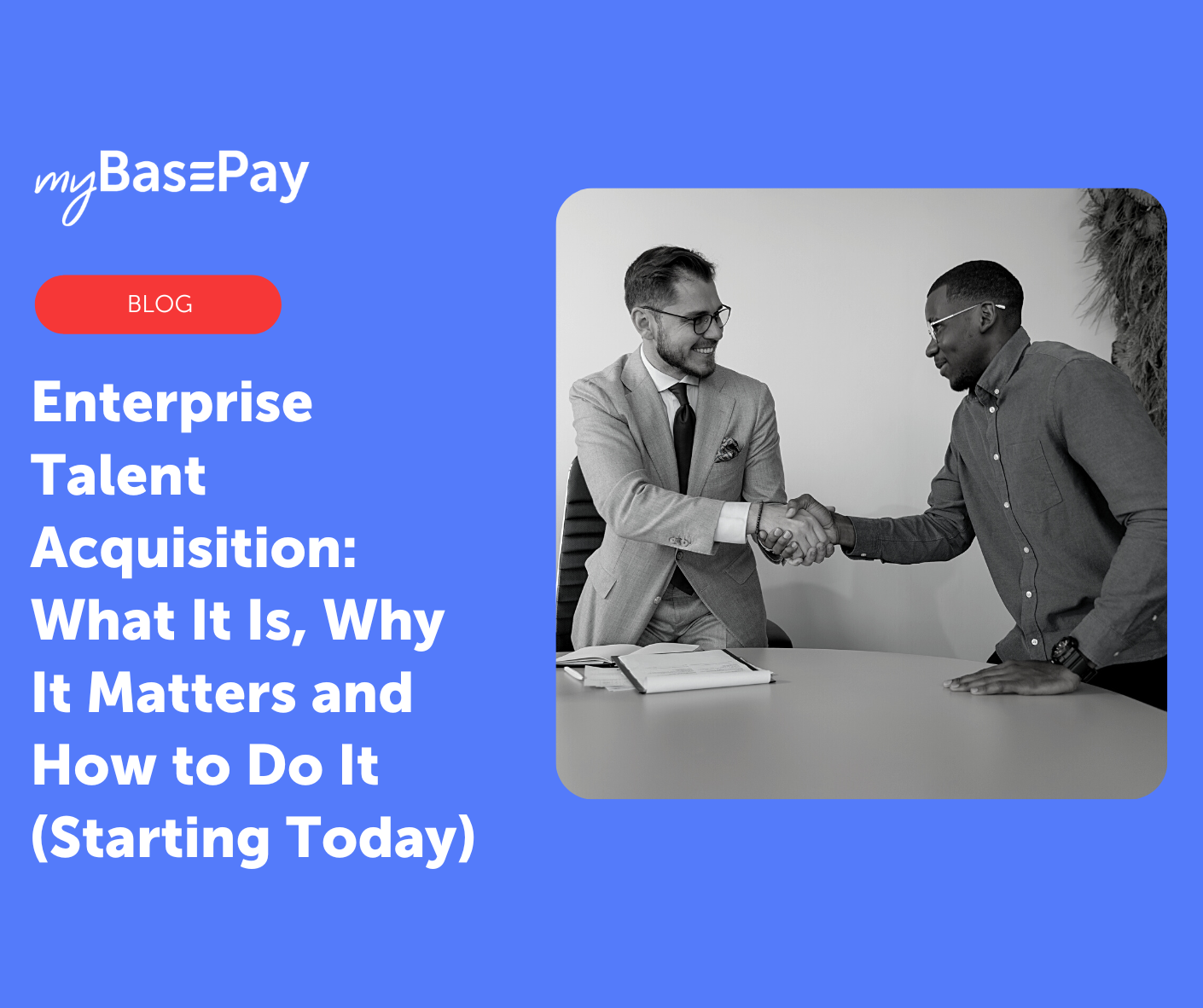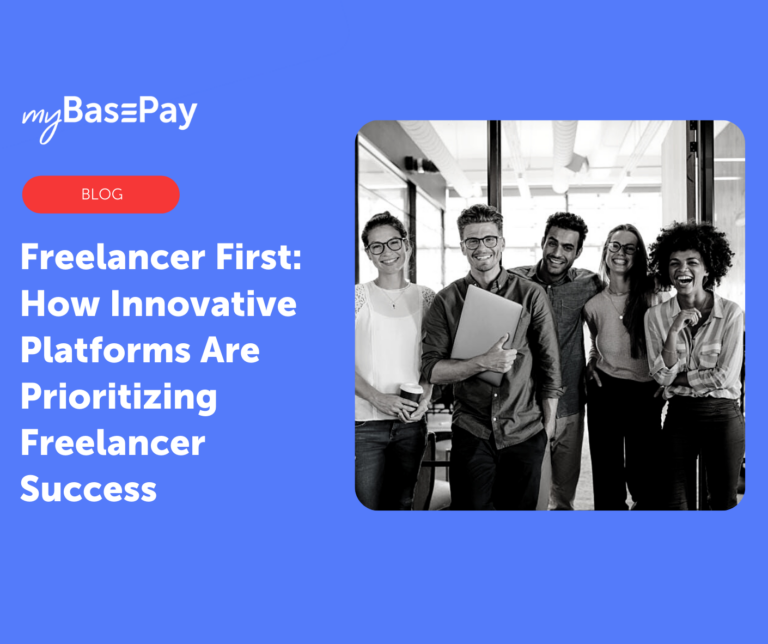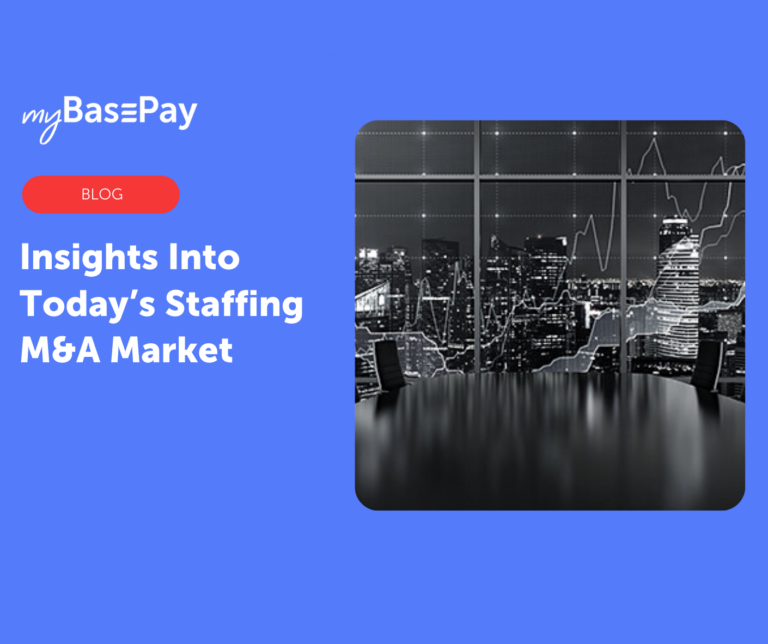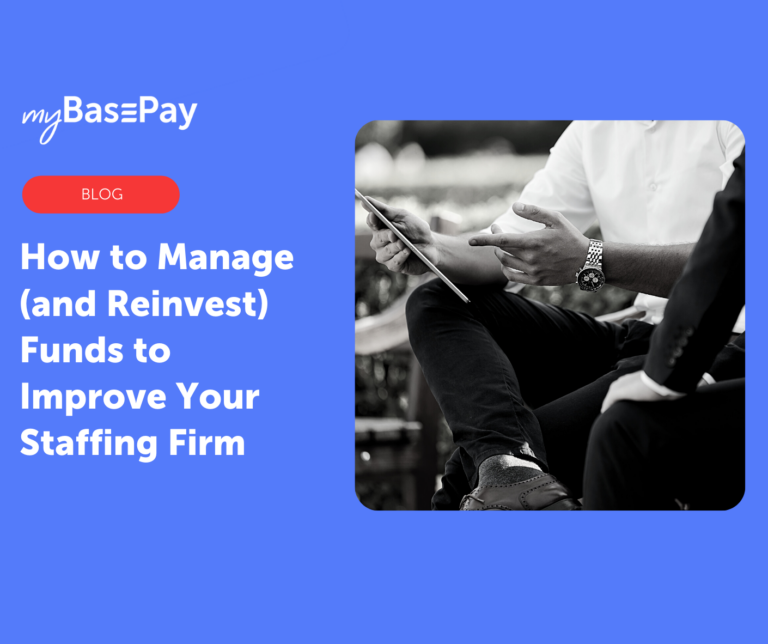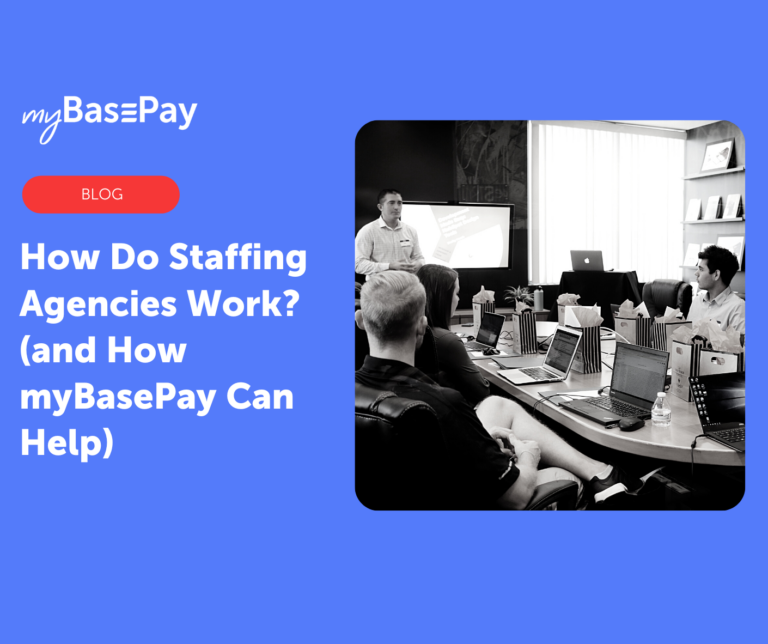Enterprise Talent Acquisition: What It Is, Why It Matters and How to Do It (Starting Today)
Among enterprise organizations, talent acquisition is one of the leading operational bodies. The quality of any business’s employees can make or break the company. Human resource and management departments must work together to provide top talent with the right skillsets that best complement the company.
As many businesses are experiencing vacancies in crucial parts of their organization, talent acquisition has never been more important. While recruitment teams are stepping up their processes, increasing talent shortages plague their efforts — making it all the more difficult to find the best possible candidates.
In general, the best hires are the ones that can contribute to the longevity of the company. When searching for potential hires, company leaders should be looking for someone who possesses enough skills to hit the ground running, while also paving a clear path for ongoing growth.
Planning your company’s talent acquisition process should result in quick, efficient hires for high-quality candidates who are in it for the long haul. So, what is talent acquisition? Why does it matter to your company? And how can you implement the best strategies for your enterprise organization?
What Is Enterprise Talent Acquisition?
In the simplest terms, talent acquisition is the process of locating, selecting, onboarding, and retaining highly qualified candidates for an enterprise organization. Compared to traditional recruiting methods, talent acquisition includes ongoing research and data analysis of selected individuals or potential hires.
This approach allows companies to measure their current hiring strategies and adjust where needed for future retainment. For instance, if there is an unexpected vacancy in the company, your HR department can make calculated decisions to fill the position with the right candidate based on carefully analyzed data.
For growing enterprises, this is the ideal recruitment method, as it allows them to plan instead of scrambling to fill an empty role last minute. Going beyond typical recruitment procedures, this strategy intertwines long-term HR recruitment and planning objectives.
To create the most dynamic talent acquisition team, organizations combine HR experts and talent sourcing professionals — which, together, accomplish more than just filling a seat. Once established, your team can continually develop, source information, analyze recruitment trends, and measure useful data.
Why a Talent Acquisition Strategy Matters for Your Business
The current hiring market is experiencing an unprecedented lull. Since the Great Resignation in 2020, companies are struggling to combat the resulting hiring challenge — and enterprises must rebuild their talent acquisition processes if they hope to survive.
Still, employees are resigning at a record number, with more than 4.5 million leaving their jobs as of November 2021. The transition to remote working has also left many brick-and-mortar businesses scrambling to fill empty roles.
Just as the volume of candidates has evaporated, so has the quality of job-seekers. The increase in transient workforces and too few resources to aid in developing talent are key contributors to this decreasing quality of talent.
While this has presented a burden for many companies, it’s become a bittersweet development, allowing business and managers to reconsider their talent acquisition and hiring strategies.
With these present-day hurdles, more companies are forced to let go of workers, relocate, or even close their businesses altogether. That’s why properly formulated talent acquisition processes are so fundamental to the ongoing success of your company. Thorough talent acquisition allows your company to strategically acquire, onboard, and retain top talent — no matter how complicated the hiring market becomes.
Determining the Best Talent Acquisition Strategies
Creating the right talent acquisition strategy varies according to your company, but there are a few best practices that can help you and your recruitment team get started. First, you’ll need to start forecasting. This means finding which roles are most fundamental to your company, and determining which skills are the hardest to replace.
Rare and highly-specific experiences, niche skill sets, IT positions, and leadership roles are typical amongst the most crucial roles, often making them more difficult to fill. By planning and prioritizing these positions, you can be prepared even on short notice.
Next, look into establishing a pipeline of candidates. Say the company is looking to fill a vacant role in your company, and you come across a handful of top-talent candidates. Not every one of those individuals will be able to fill that empty role — there will be only one hire.
However, keeping track of all those quality candidates that missed out on the opportunity will allow your company to be better prepared when the next role opens up. Your company can keep track of leftover candidates through simple spreadsheets (for smaller companies) or more advanced digital platforms (for larger companies).
By maintaining relationships with those individuals—outreaches, networking, updating candidate details, etc. You can optimize your talent acquisition strategy. Getting your teams on board with your talent acquisition processes is also crucial. HR and recruitment teams should keep an open mind when building their strategy.
Consider starting monetary rewards for key hires, employee referral programs, and other initiatives that get the entire company involved. If your employees know the skills you need or the roles you’re hiring for, they can offer assistance to help you find the right candidates.
Lastly, consider “getting to know you” time involved in building a talent acquisition plan.
Formally interviewing your candidates is a huge part of the process, but setting up more casual conversations over the phone, at a lunch appointment, or even over a drink can help you get to know your candidates on a more personal level. This can help you gather additional information about their performance and overall cultural fit with your company.
Optimizing Your Team With Enterprise Talent Acquisition
As any organizational leader knows, the people you hire are arguably the most important aspects of your company’s success. Hiring is more than just simply filling a desk chair; you must develop a strong talent acquisition strategy to find the highest-quality workers that offer the most benefit to your company.
Not only can this build your brand, but it can also provide helpful insights into employee turnover trends and common reasons why key roles are being unfulfilled.
Author: Cesar Jimenez, myBasePay CEO
Cesar A. Jimenez is an entrepreneur, investor, and military veteran with over 25 years of staffing industry expertise successfully leading technology staffing organizations. His expertise in the IT industry allows him to use his experience as a thought leader for talent acquisition, staffing, IT, and recruitment technologies with a passion for contingent workforce solutions. Cesar has held various leadership roles for both a global staffing organization and technology solutions companies. This expertise has enabled him to develop alternative workforce models that provide the agility for organizations to be competitive in today’s marketplace. In his spare time, he enjoys spending time with hisfamily, working out, and coaching high school baseball players.
